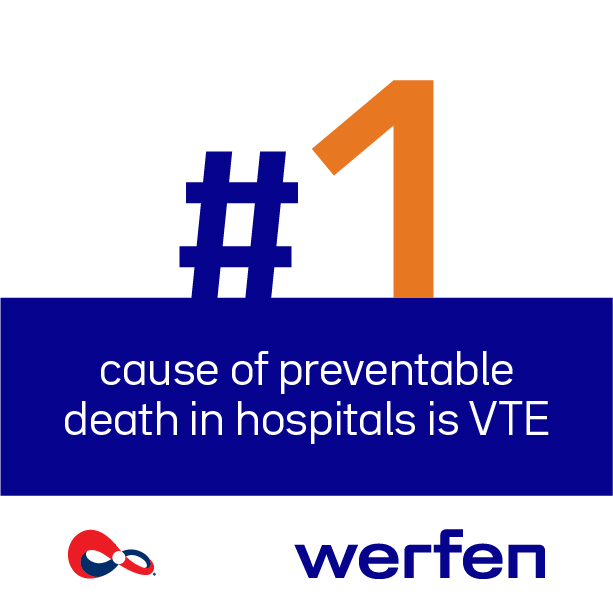Thrombosis
Awareness

Werfen is committed to Powering Patient Care and increase global awareness of thrombosis to enhance patient outcomes.
Thrombosis awareness
Episode 1
A Silent Killer
Listen to the article
Thrombosis: A Silent Killer in Need of Urgent Attention
Werfen is committed to Powering Patient Care and increase global awareness of thrombosis to enhance patient outcomes. Read more...
Werfen is committed to Powering Patient Care and increase global awareness of thrombosis to enhance patient outcomes. Read more...
Thrombosis awareness
Episode 2
The History of Thrombosis
Listen to the article
Werfen is committed to Powering Patient Care and raise global awareness of thrombosis to enhance patient outcomes.
By exploring together the history of thrombosis, we can better appreciate the advancements in our medical knowledge and technology. Read more...
By exploring together the history of thrombosis, we can better appreciate the advancements in our medical knowledge and technology. Read more...






